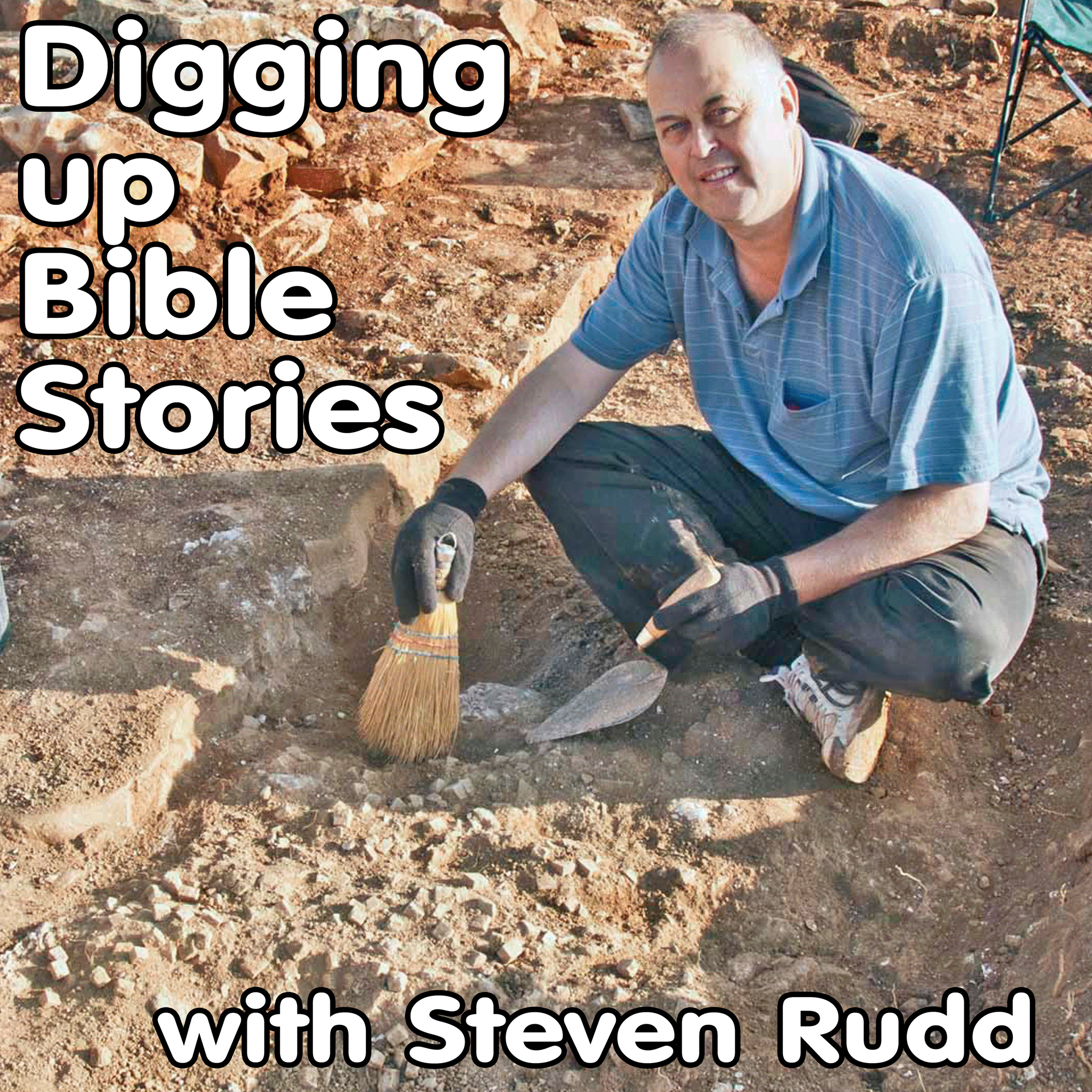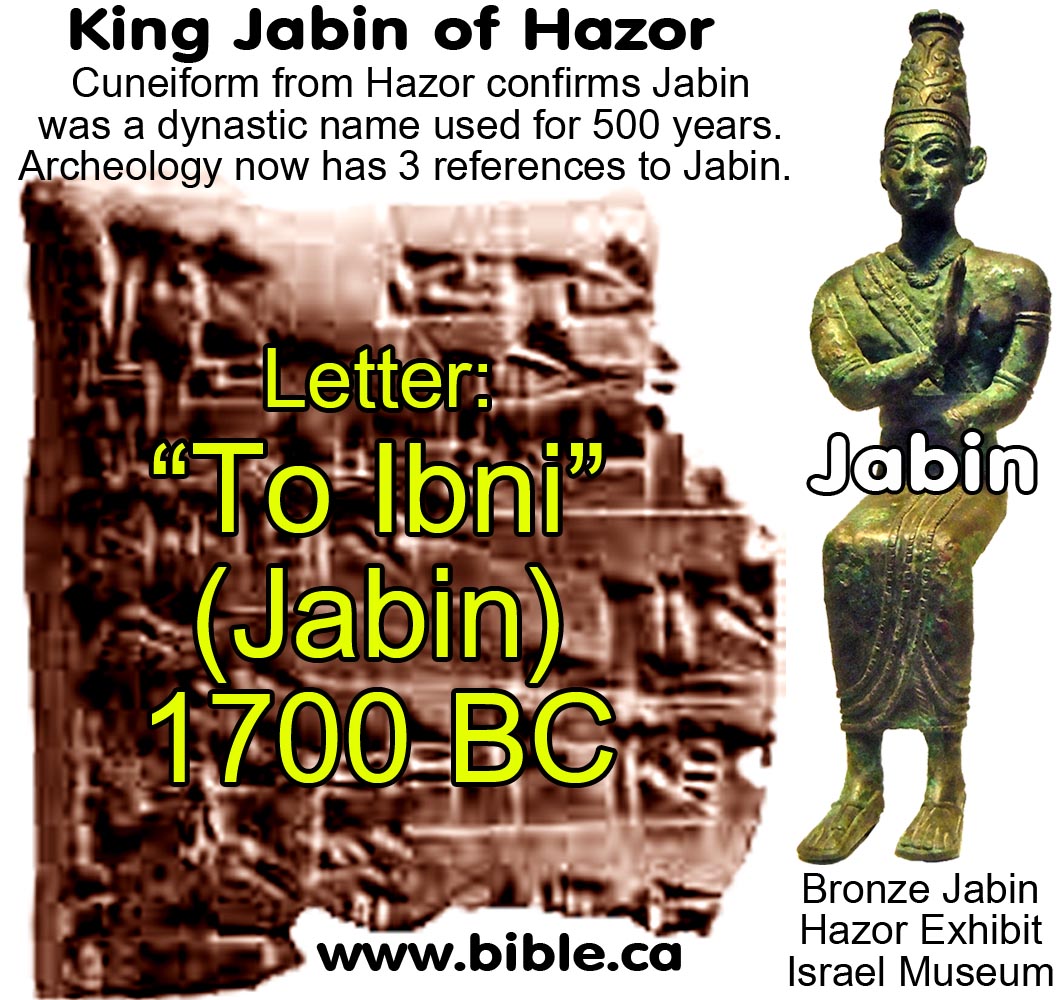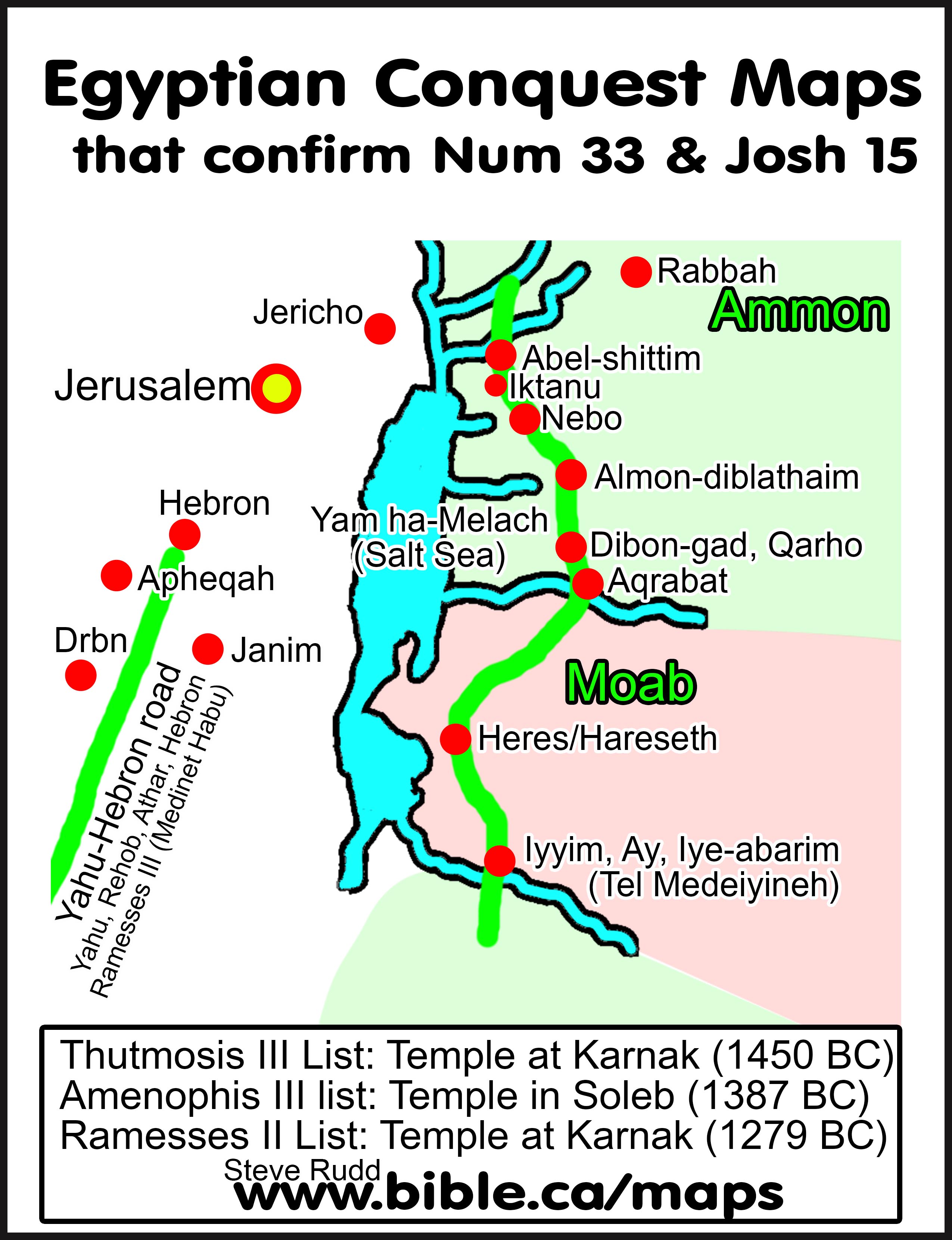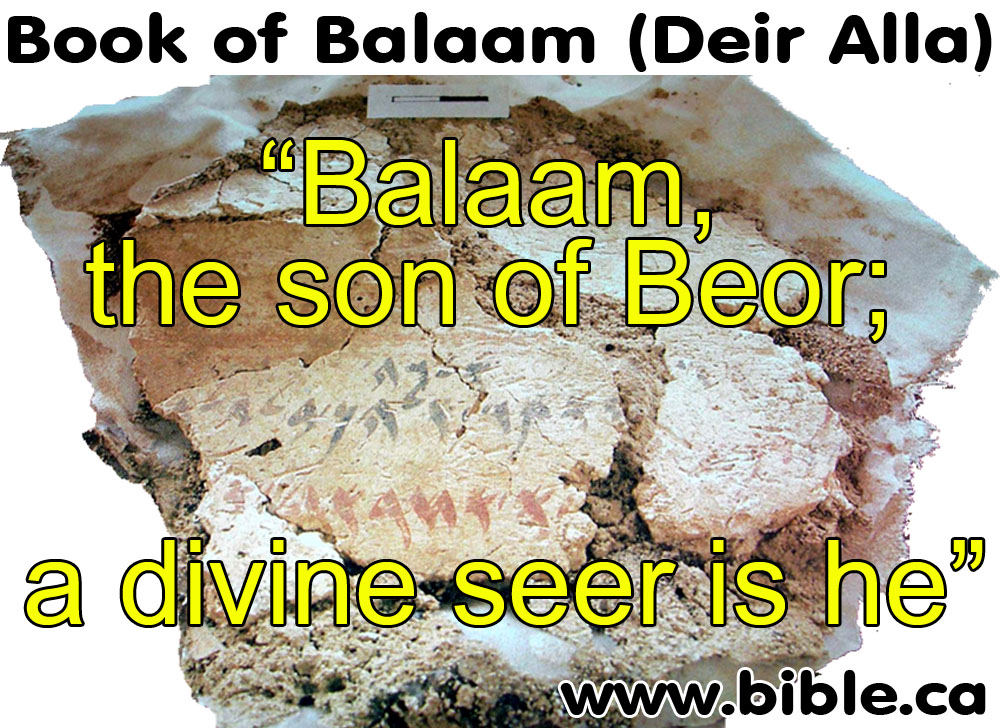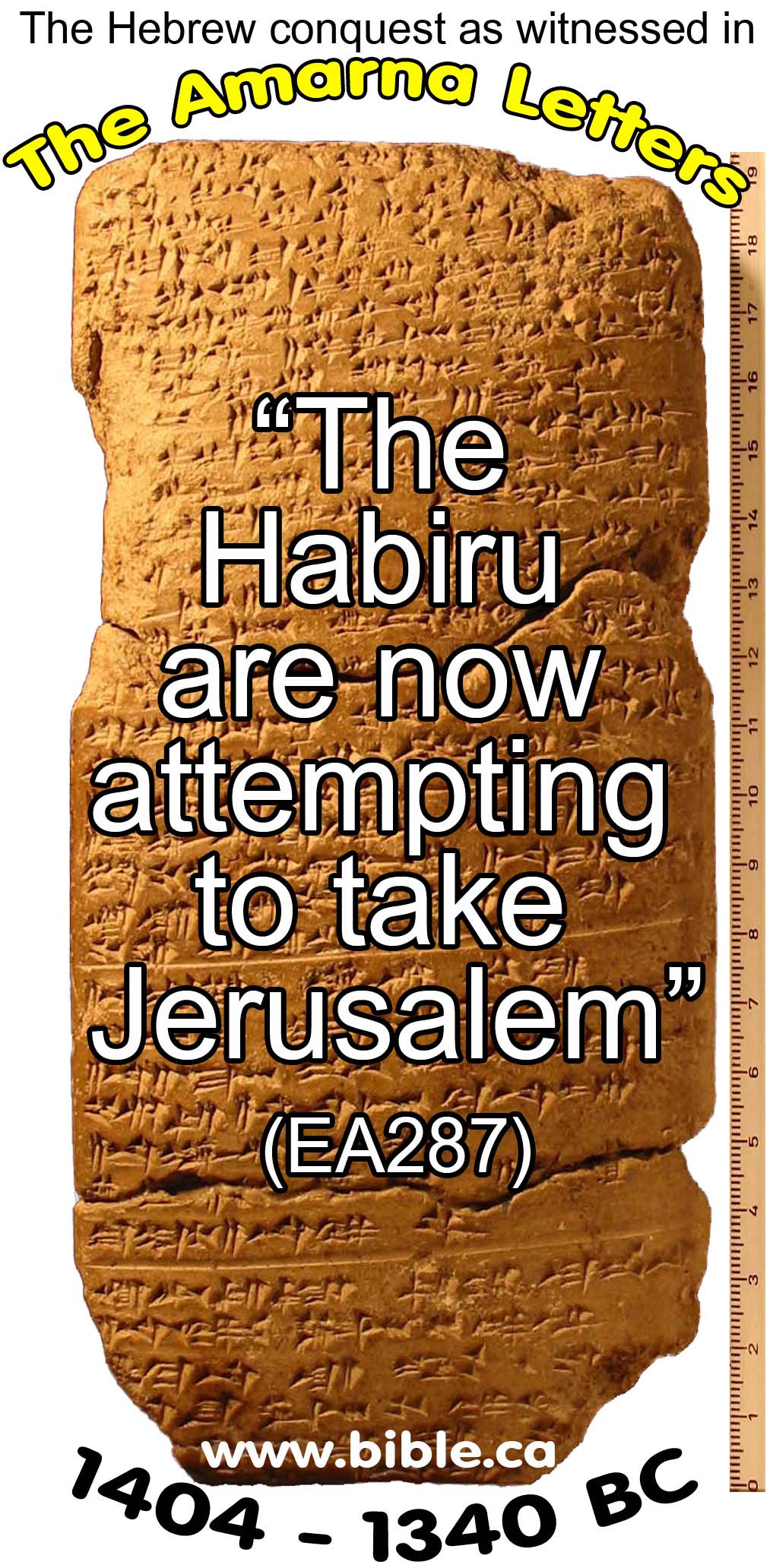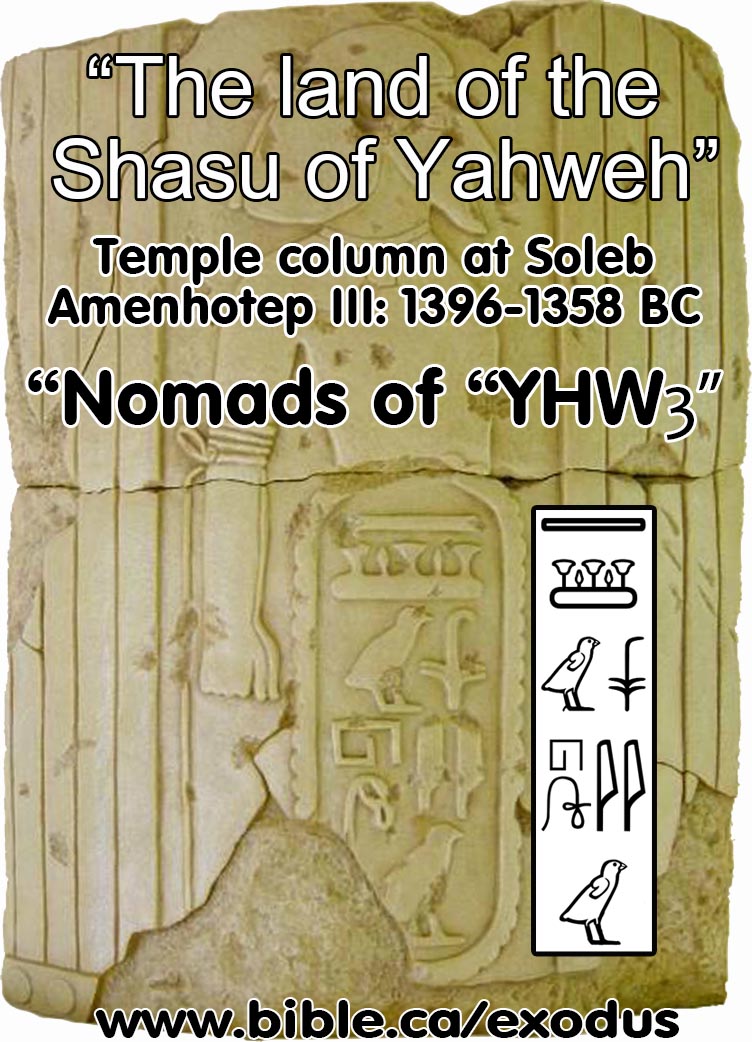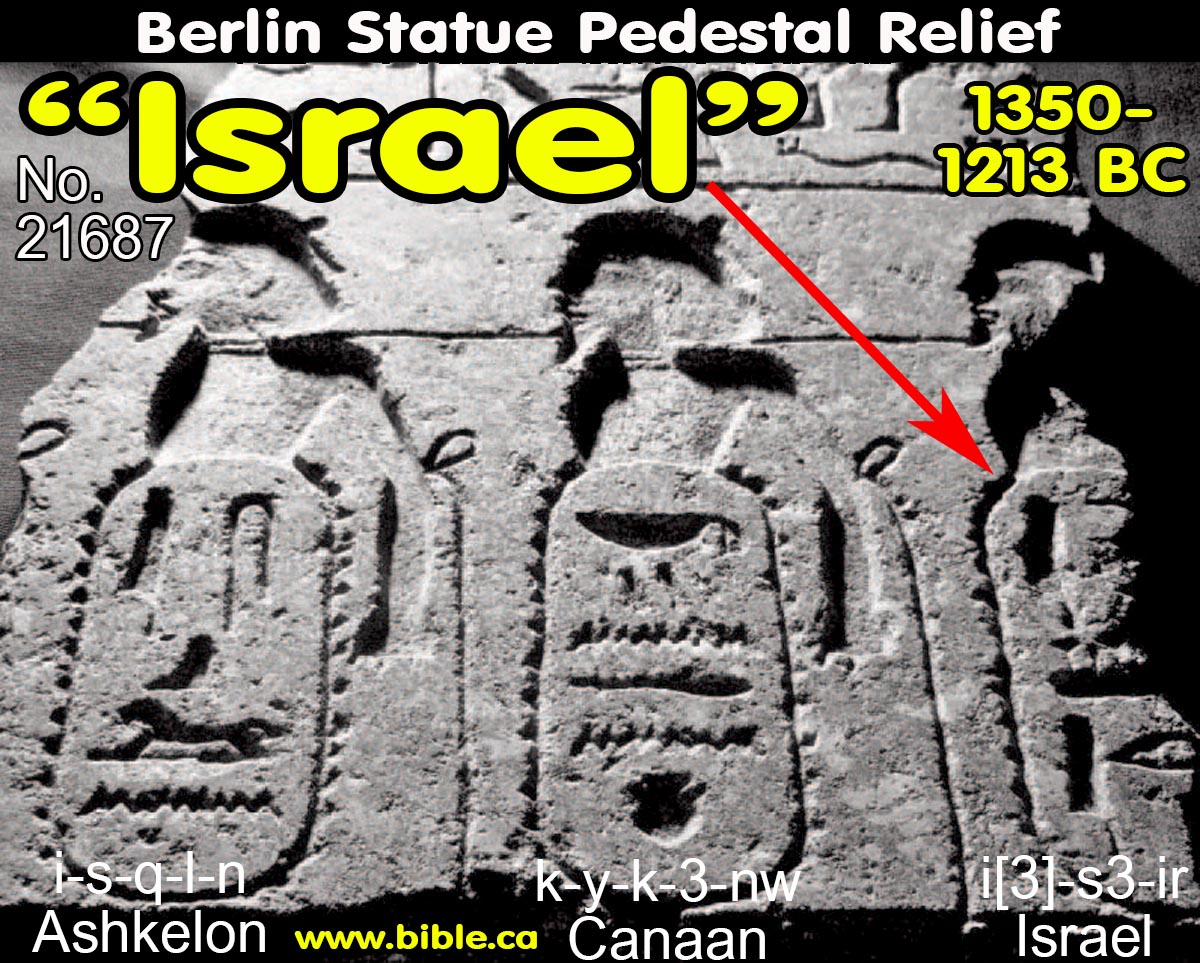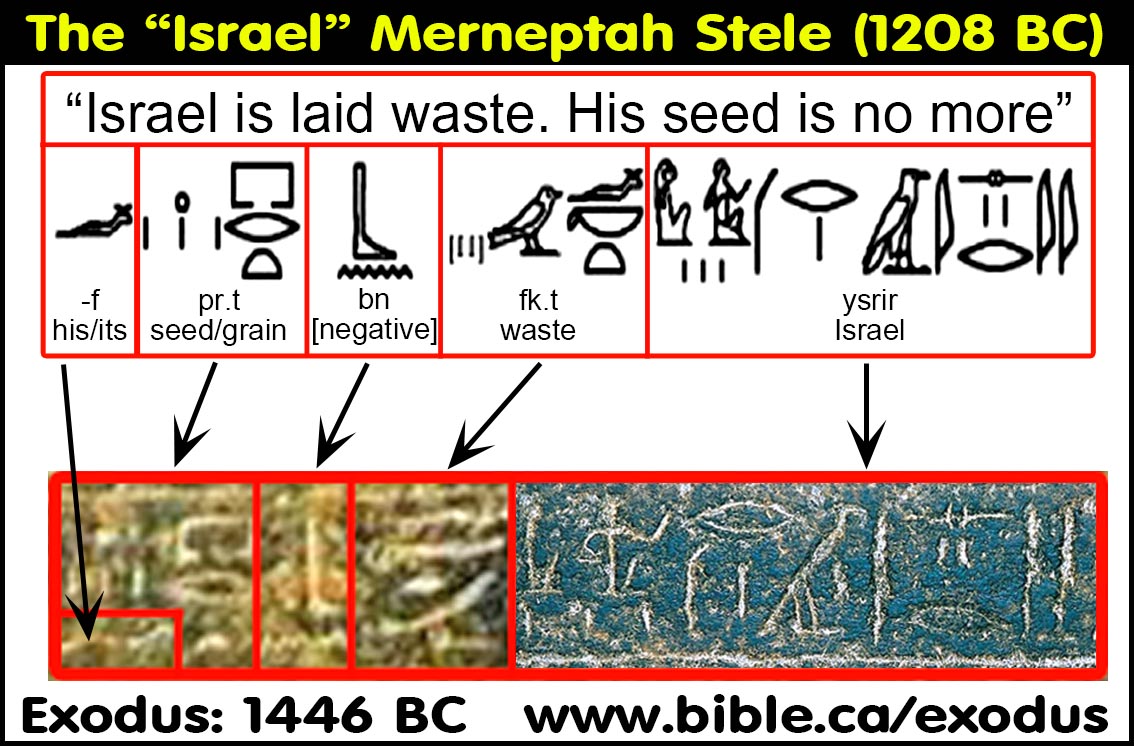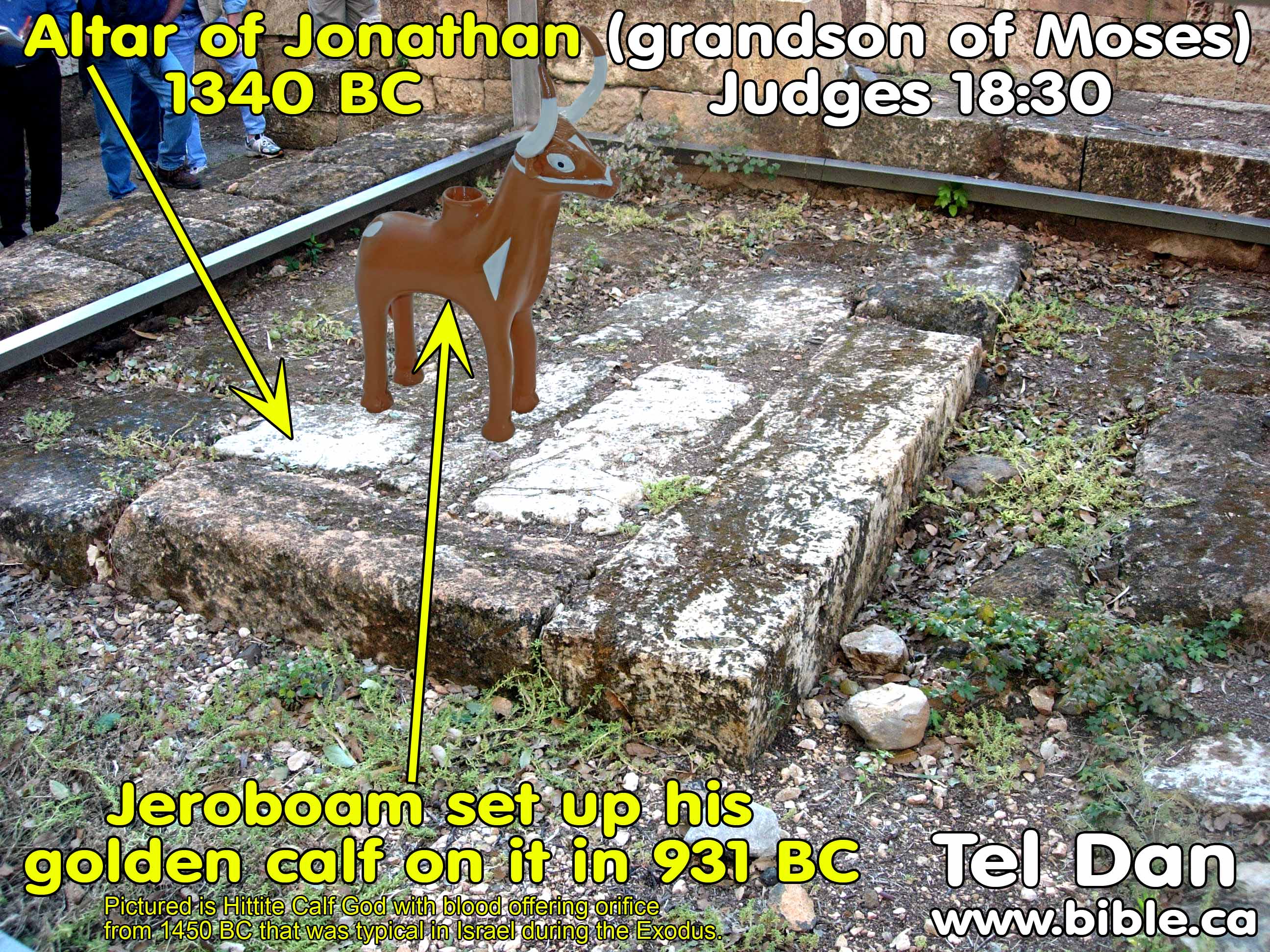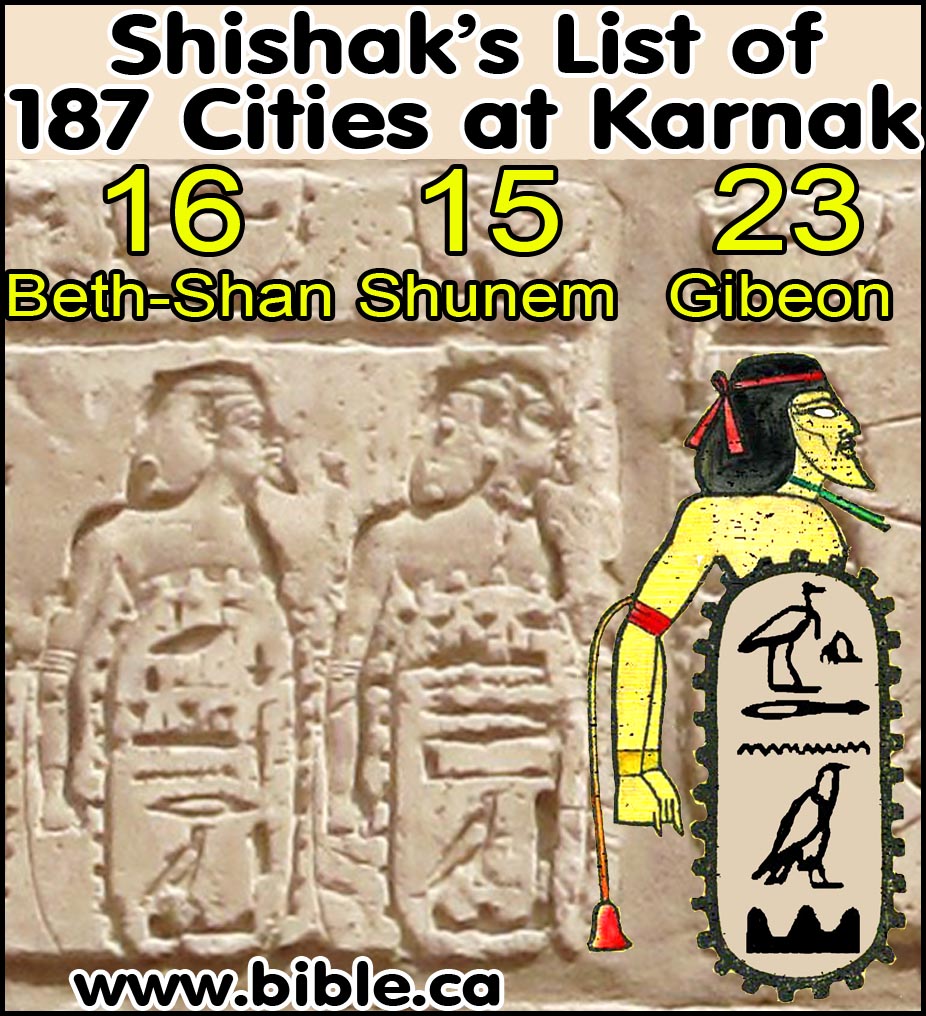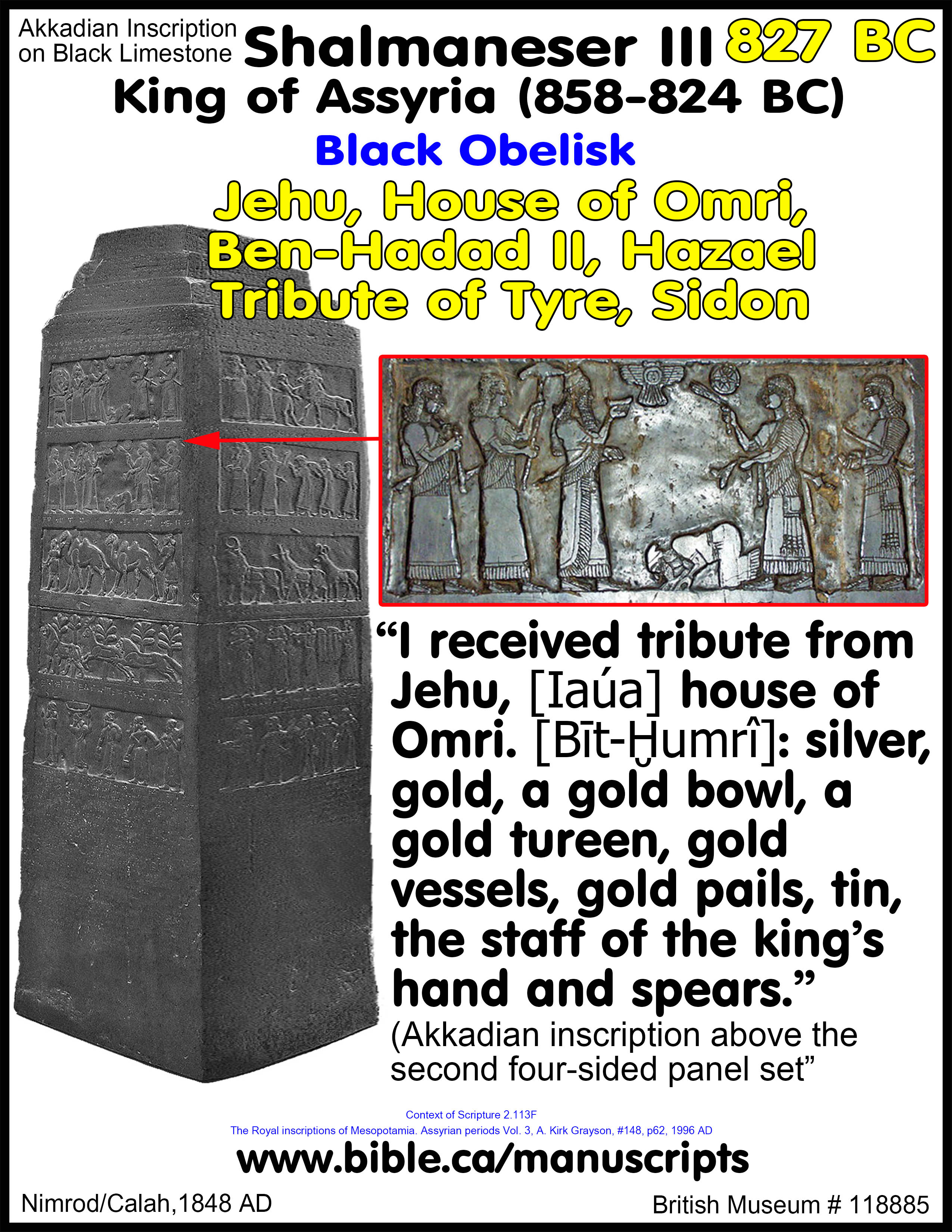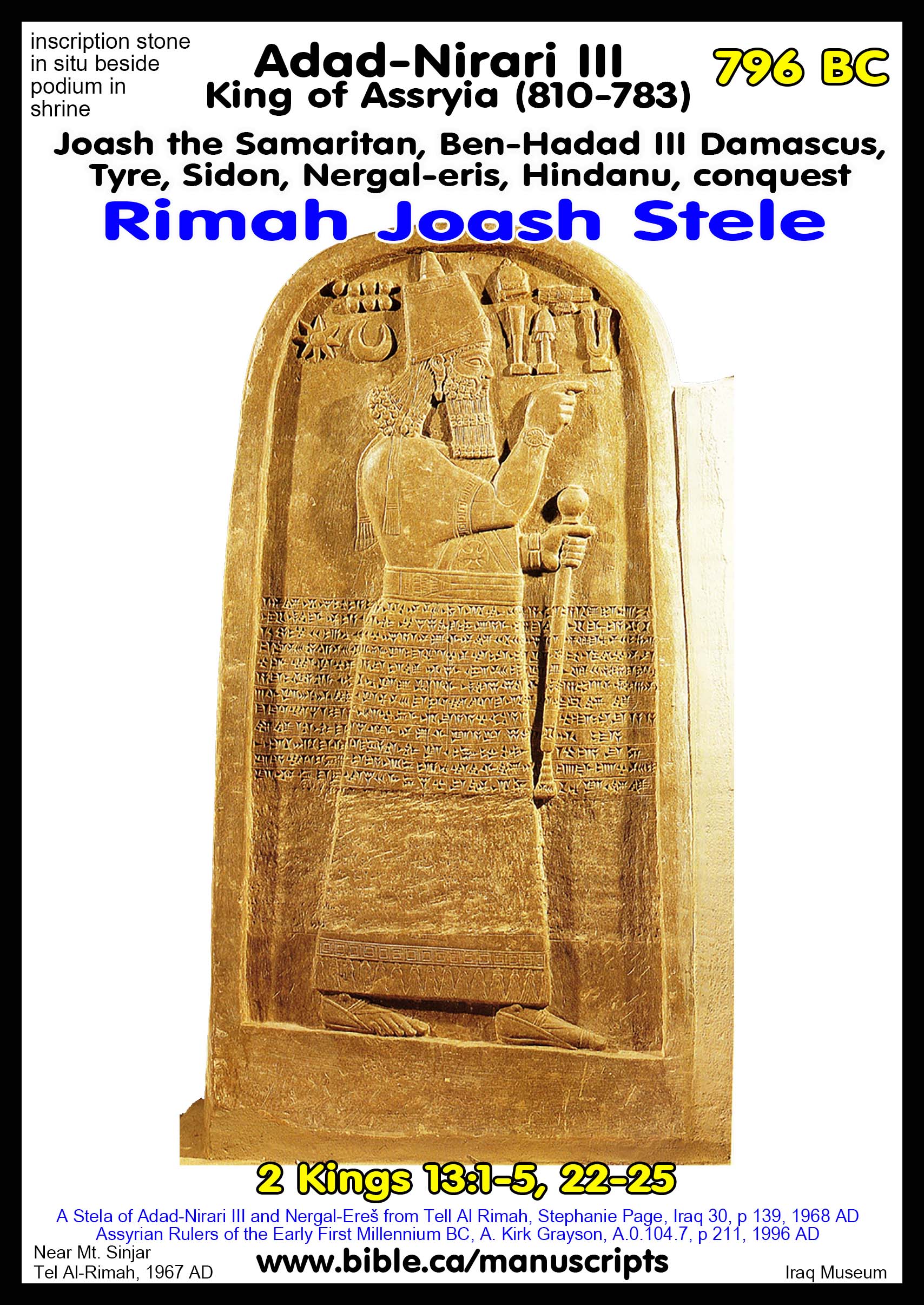Archaeologists are digging up bible stories:
100 stunning discoveries that confirm the Bible.
|
|
|
|
Archaeology is an important science that confirms the historical accuracy of the Bible. Since the Bible refers to hundreds of cities, kings, and places, we would expect to find evidence from on-site excavations. And this is exactly what we have found. The Bible is the most historically accurate book of history on earth. Read the Bible daily! |
|
|
|
|
Photo Gallery of the 100 most incredible archeological objects
Introduction
The shovel and spade have confirmed that the historical information of the Bible is both accurate and reliable.
Archaeology is an important science that confirms the historical accuracy of the Bible. Since the Bible makes reference to hundreds of cities, kings, and places, we would expect to find evidence from on-site excavations. If we did not find any such evidence, we would highly question the Bible's claim of inspiration and tend to view it as myth and folklore. We would regard the Bible as the product of human imagination rather than a divinely inspired record about real historical events, about real people living in real cities.
At the turn of the century, skeptics viewed the Bible as myth rather than real world history . For example, the Bible makes over 40 references to the great Hittite Empire. You see, 100 years ago, no archaeological evidence had ever been found to prove it really did exist. "Just another Bible myth!" skeptics charged in an attempt to destroy our faith in the Bible. This, however, cannot be said today, for in 1906, Hugo Winckler uncovered a library of 10,000 clay tablets. These ancient records fully documented the long lost Hittite Empire and confirmed the reliability of the Bible. Later excavations uncovered Boghazkoy, the capital city of this "mythical" empire.
These discoveries not only authenticate Scripture, but also illuminate many aspects of biblical culture. Abraham's purchase of Ephron's field records the following: "So Ephron's field, which was in Machpelah, which faced Mamre, the field and cave which was in it, and all the trees which were in the field, that were within all the confines of its border, were deeded over to Abraham for a possession in the presence of the sons of Heth." (Genesis 23:17), This reflects the standard Hittite real estate procedure of counting the trees involved in any purchase or sale of land. Note also that the witnesses to Abraham's purchase were the "son's of Heth" -i.e. the Hittites.
Today, so many Bible cities, names and events have been unearthed through archaeology that the Bible is considered the single most important historical document in existence. Many lost cities have been located using the Bible as a road map. So startling and impressive are some of the finds that one archaeologist was compelled to say, "They are digging up Bible stories!"
Skeptics once rejected the Bible's claim that the Hittite Empire existed until they saw the evidence with their own eyes. Today, skeptics reject the Bible's claim that God himself exists or that the Bible is a divinely written book. Perhaps the only way they will believe in God is after they have seen him with their own eyes when they stand before Him in the judgment day. Only, then it will be too late!
For many centuries, the Old Testament stood as the lone historical record of numerous events, places and people of the ancient world. Many of these records were once publicly ridiculed by skeptics of the Bible as being inauthentic and incorrect. It was reasoned that since no mention of them had been found in any other historical writing that this proved once and for all that the Bible was incorrect. Recent archeological discoveries, however, have proven the Bible to be correct in great detail and those who opposed it to be false.
If only more would realize that the Bible is not only a guide to the fallen ruins of ancient cities, but also a road map to the glorious city of Heaven! If only more would trust their Bible as being God's inspired message for mankind. Since archaeology has proven the historical trustworthiness of the Bible we had better take note about what the Bible says will happen in the future before it too, becomes a true footnote in history.
"We constantly thank God that when you received from us the word of God's message,
you accepted it not as the word of men, but for what it really is, the word of God" (1 Thessalonians 2:13).
Museum of Archeology that confirms the Bible is God's inspired word
|
|
|
|
|
|
Date |
Focus |
Photo |
Details |
|
1700 BC |
Jabin of Joshua and Deborah was a dynastic name for the king of Hazor. |
Two 18th century inscriptions have been found at Mari and Hazor with the name Jabin proving it is a dynastic name for all the kings of Hazor that lasted over 500 years. |
|
|
1450 BC |
Topographical name lists from 4 different Egyptian Pharaohs confirms the route of the exodus in Numbers 33 and Joshua 15. |
||
|
1406 BC |
An inscription found at Deir Alla, "Balaam Son of Beor, seer of the gods" proves Balaam of Numbers 22-24. |
||
|
1404-1340 BC |
Conquest of Joshua in Egyptian cuneiform tablets |
Amarna Tablets are a collection of 382 clay tablets written by the Canaanites to Pharaoh of Egypt, asking him for help in defending themselves from the invading Israelites under Joshua. |
|
|
1396-1358 BC |
The Shashu of Yahweh's Land |
"The Shashu of Yahweh's Land" is found in two inscription: The Soleb Temple Cartouche of Amenhotep III: 1396-1358 BC and Amarah West inscription of Ramesses II: 1304-1237 BC. Here is a reference to the promised land of Canaan when Joshua was still alive after completing the conquest! |
|
|
1350 BC |
Two occurrences of the word "Israel" in the Egyptian name rings of the Berlin Relief (1350 BC) and the "Israel" Merneptah Stele (1205 BC) prove the conquest was 1406 BC! The Merneptah Stele created during the 20 year post-Ehud oppression cycle of Judges 4:1-3 These are the nail in the coffin for the anti-Biblical late exodus date of 1250 BC and Ramesses II as the pharaoh of the exodus. |
||
|
1205 BC |
The word "Israel" is found on the Merneptah Stele (1205 BC) which proves the conquest was 1406 BC by putting a nail in the coffin for the late exodus date of 1250 BC. |
||
|
931 BC |
The pagan altar at Tel Dan was originally built by Jonathan, the grandson of Moses in 1340 BC. for 617 years his sons served as dynastic priests until the captivity of 723 BC. Jeroboam set up his golden calf on this altar in 931 BC. |
||
|
926 BC |
In 926 BC, Shishak invades Judah and Israel in the 5th year of Rehoboam, king of Judah and Jeroboam, King of Israel. The entire campaign was etched in stone at the Karnak temple of Amun as a second witness to the Bible record. |
||
|
850 BC |
9 inscriptions of Shalmaneser III mention Ahab, Jehu, Omri, Ben-Hadad II and Hazael. |
||
|
841 BC |
Victory Stele of Hazael and the House of David inscription discovered outside the city gate of Tel Dan. |
The Tel Dan Stele lists 8 different kings listed in the Bible and evidences 3-5 different Bible stories that happened around 841 BC. |
|
|
796 BC |
Josiah, Omri, Ben-Hadad III Stela of Adad-Nirari III, King of Assyria (810-783 BC) |
A stunning collection of six (6) stela, statues and inscriptions fully document how God used Assyrian king Adad-Nirari III, as the one who delivered Josiah, king of Israel, out of the hand of the Ben-Hadad III, king of Aram at Damascus in 2 Kings 13:4-5. |
|
|
378 BC |
Coins Jesus used! 378BC - 135 AD |
Hundreds of high quality coin photos, each with 14 different bits of informational data covering 7 different periods of Bible history. |
|
|
|
|
|
|
By Steve Rudd: Contact the author for comments, input or corrections.
